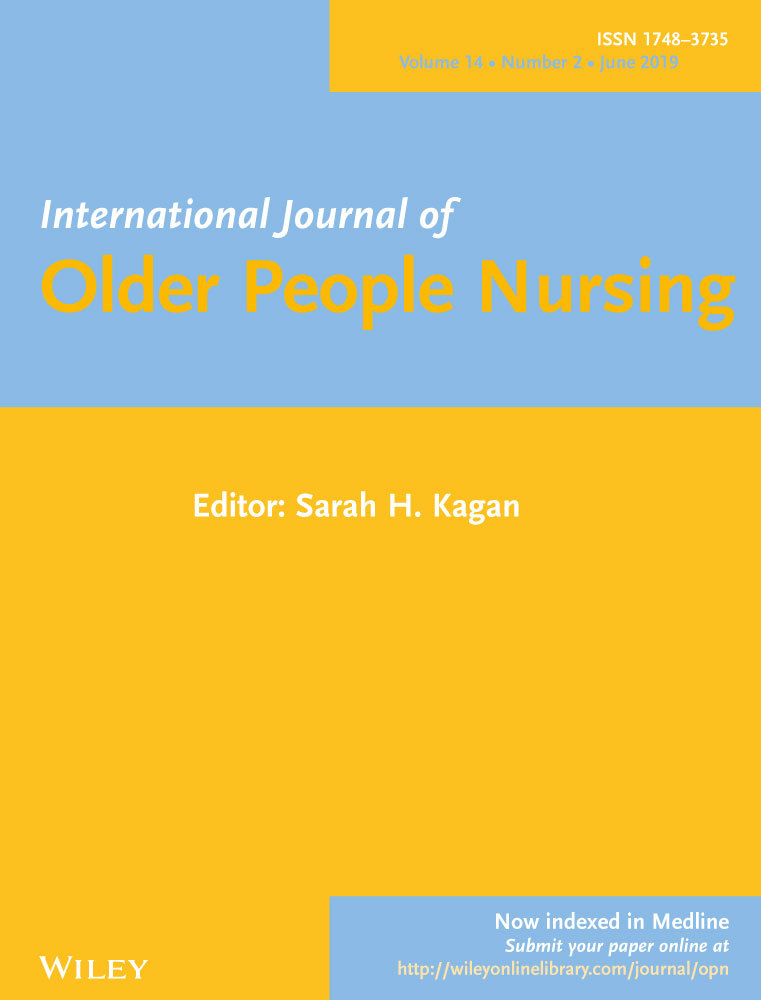Correlates of advance directive treatment preferences among community-dwelling older people with chronic diseases
Abstract
Background
Concerns over the creation of advance directives (ADs) and the factors associated with treatment directive decisions among Korean community-dwelling older people with chronic diseases have rarely been addressed.
Objectives
This study aimed to examine knowledge, attitudes and barriers/benefits regarding ADs and their associations with AD treatment preferences among chronically ill, low-income, community-dwelling older people.
Methods
Using a descriptive, correlational design, older people who were recipients of home visiting service for chronic disease management participated in this study. Home visiting nurses collected data on knowledge, attitudes and perceived barriers/benefits and treatment directives using questionnaires during home visits.
Results
Older people (N = 112, mean age = 74.9 years, women = 83.9%) who had chronic diseases such as hypertension (56.3%), diabetes mellitus (40.2%) and cardiovascular disease/stroke (22.3%) participated. Approximately half of the participants preferred hospice care (54.5%), while a few of them preferred aggressive treatments: cardiopulmonary resuscitation (CPR) (14.3%), ventilation support (9.8%) and haemodialysis (8.9%). Being married was associated with the likelihood of preferring CPR (odds ratio [OR] = 11.79) and ventilation support (OR = 9.99), higher education with CPR (OR = 1.23) and haemodialysis (OR = 1.16), and having a cardiovascular disease (CVD)/stroke with CPR (OR = 6.46) and hospice care (OR = 3.06). Among the modifiable factors, greater perceived barriers increased the likelihood of CPR preference (OR = 1.12) but decreased the likelihood of hospice care preference (OR = 0.96). Greater perceived benefits decreased the likelihood of CPR preference (OR = 0.81) and ventilation support (OR = 0.89), and AD knowledge decreased the likelihood of haemodialysis preference (OR = 0.23).
Conclusion
The multidimensional factors were differently associated with each of the AD treatment preferences. Modifiable factors, including perceived barriers and benefits and knowledge, should be improved to help low-income, community-dwelling older people select adequate AD treatment preferences.
Implications for practice
Additional information regarding AD treatments and some modifiable and non-modifiable correlates can be integrated into primary and palliative/supportive care in public health. The current home visitation service may also benefit from incorporating AD discussions while extending the service to embrace AD issues in addition to disease management.
CONFLICT OF INTEREST
None of the authors have any conflicts of interest to declare.




